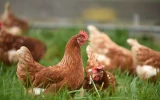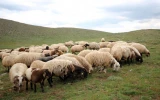7 Most Profitable Crops For Small Farms in the U.K.
If done right, small farms in the United Kingdom can rake in a lot of profit, be it by raising livestock or beekeeping. However, growing and selling crops is usually how small farms commonly earn a steady income. Do you have a small farm but are looking to add high-value crops to your garden? Here are seven profitable crops for small farms in the U.K.
Microgreens, oyster mushrooms, goji berries, cherry tomatoes, saffron, lavender, and basil are the seven most profitable crops for small farms in the United Kingdom. Some of these crops can cultivate and grow without needing much space and can grow all year round.
To learn more about each crop and how to plant them in the United Kingdom, read further down below.
Summary
- Microgreens are the fastest crop to grow while goji berries bear fruit after two to three years
- Saffron is the most profitable crop due to its ability to produce only three threads per flower.
- Lavender and basil are herbs that can make a good profit for your small farm.
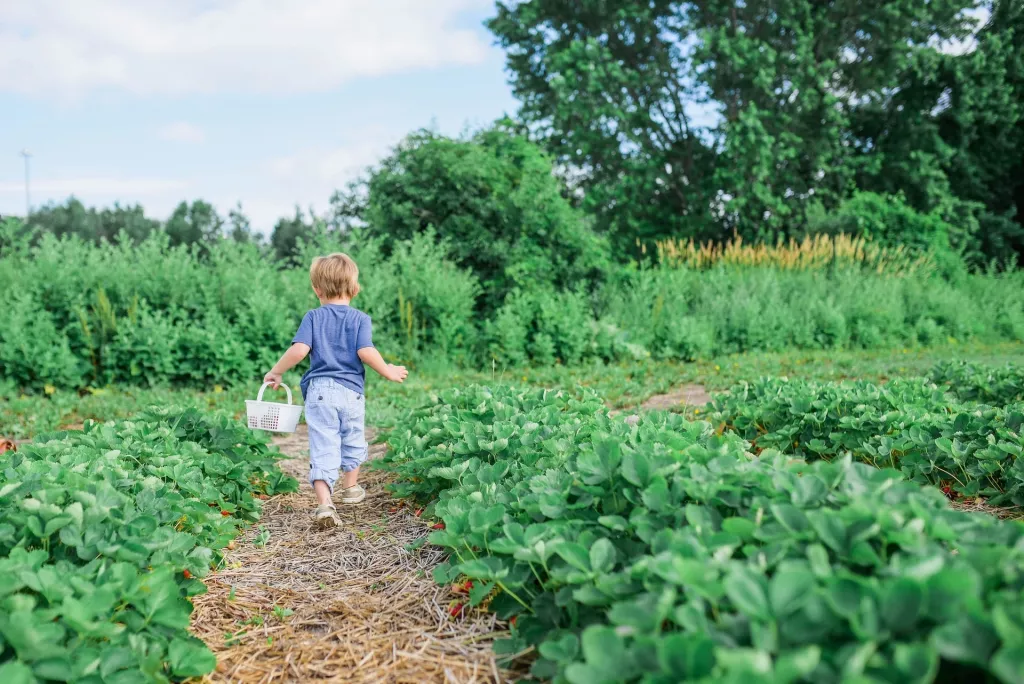
On this page:
Profitable Crops to Grow in Your Small Farm in the U.K.
Finding the right crops to grow on your small farm can be a great way to make easy money. With some research and the right resources, you can grow a variety of crops that will turn your small farm into a profit-making machine. During your first year, you may need to spend at least a few hundred dollars worth of compost and soil nutrients to make sure your plants grow big and healthy.
You might also need to invest in small equipment like a rototiller and a seeder to help you with the labor of planting seeds and taking care of them. And last, you'll need to set aside some space where you can clean and process your crops. Investing in a walk-in cooler can also help keep your crops fresher for a longer period of time.
1. Microgreens are profitable crops for your farm
Microgreens are smaller than baby greens, but larger than sprouts, and have a unique flavor profile that is often described as sweet and nutty. They also contain higher levels of vitamins and minerals than their mature counterparts, which makes them highly sought-after.
How to plant microgreens:
It’s fairly easy to grow microgreens. First, soak the seeds for 6–8 hours. Use a wet paper towel or growing mat to cover the bottom of your chosen container. Spread the seeds inside the container. Dampen the surface with a mister.
Cover the container with a lid, and in 7 days, sprouts should appear. Remove the lid and continue to mist once or twice a day. Microgreens need about 4 hours of direct sunlight each day to grow.
2. Oyster mushrooms are profitable crops for your farm
Oyster mushrooms have a mild, slightly sweet taste and can be used in many dishes. They are packed with nutrients and offer numerous health benefits, making them an excellent addition to any diet. Oyster mushrooms are also easy to grow at home, so you can enjoy them all year.
How to plant oyster mushrooms:
Buy a packet of oyster mushroom eggs along with straws. Soak the straw in water overnight to make it completely wet and remove excess moisture. Mix the wet straw mushroom seeds and pack them in a plastic bag or garbage bag. Seal and leave in a damp, protected place at 20–25 °C for 6 weeks. As the straw decomposes, fungi grow and colonize the straw.
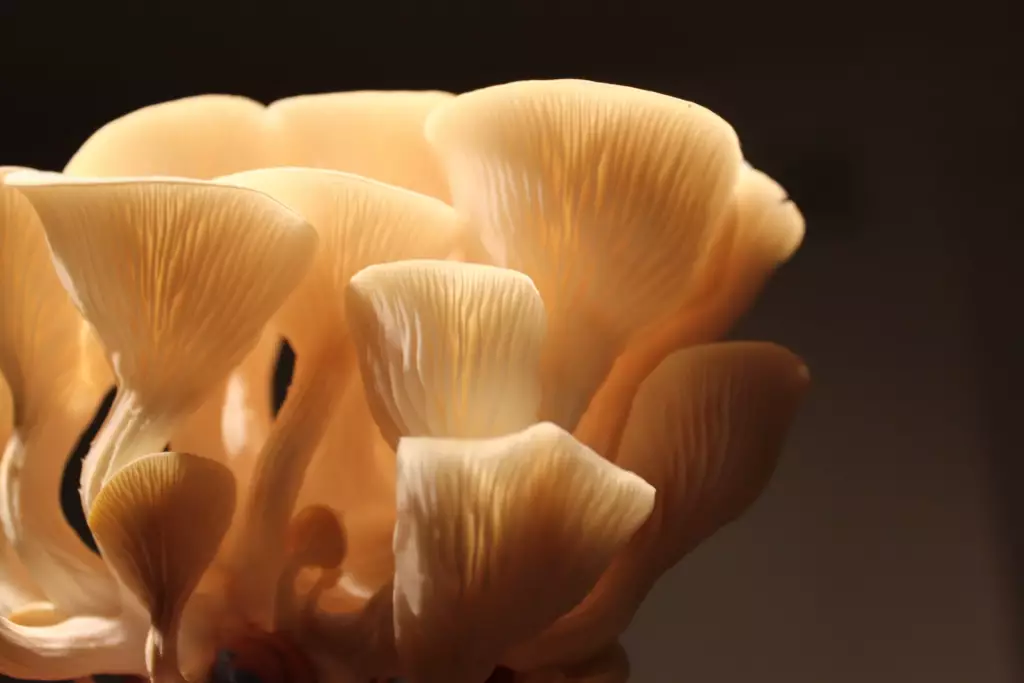
After 6 weeks, oyster mushroom spores have settled on the straws in the plastic bag. Move the bag to a bright, warm, and humid environment, such as your greenhouse. Make a cut in the bag so that the oyster mushroom can go through.
After two weeks, check the bags to see if the oyster mushrooms are developing. The straws should produce mushrooms for several weeks.
3. Goji berries are profitable crops for your farm
Also known as wolfberries, goji berries are highly nutritious red fruits. They have been used for centuries in traditional Chinese medicine; however, goji berries can be grown in small-scale gardens in many parts of the world, including the UK.
How to plant goji berries:
When the plants first arrive, they will be in two-liter pots and already established. Dig a hole deep enough to accommodate the goji berries, plant the goji plants widely, and spread the soil around the plants. Firm the soil and water well.
Plant the plants about a meter apart and mulch around the stems with leaf soil or garden compost to keep the soil moist and well-fed. You can even grow the bushes into a goji berry hedge by simply planting the bushes in a straight line one meter apart.
Goji plants can withstand winters down to -15 degrees Fahrenheit and hot summers in excess of 100 degrees Fahrenheit. Goji berries grow as thick bushes that grow 8 to 10 feet tall on a vine. Pruning is recommended to improve fruit production and manageability.
4. Cherry tomatoes are profitable crops for your farm
Tomatoes have two ways of growing. Depending on their variety, they can grow tall and require support, or they can grow short and wide. Cordon tomatoes are useful if you have limited garden space because they grow vertically. Cordon tomatoes usually need regular watering, feeding, and maintenance.
Meanwhile, bush tomatoes are great for small gardens, pots, and growing bags. They are the easiest to grow and need little maintenance apart from watering and feeding.
How to plant cherry tomatoes:
Start the seeds off by sowing them in a small spot with compost. Water them well and cover the surface with vermiculite. As soon as the seedlings appear, place them in as much light as possible.
Once the seedlings grow bigger, you can put them in individual pots and water them regularly. Make sure the temperature is always at least 16 degrees Celsius. After a month, they should be ready to be planted in their final position.
5. Saffron is a profitable crop for your farm
For centuries, saffron has been considered a valued commodity in the market and is the world’s most expensive spice by weight. The reason why it’s so expensive is that it can take up to thousands of saffron blooms to produce a single ounce of saffron.
How to plant saffron:
You can obtain saffron crocus bulbs from mail-order bulb and seed companies. It’s best to buy as many as you can afford or have the available space to plant them in. You’ll need a lot to produce at least a teaspoon of saffron strands. Before planting, check the bulbs for signs of damage or disease.
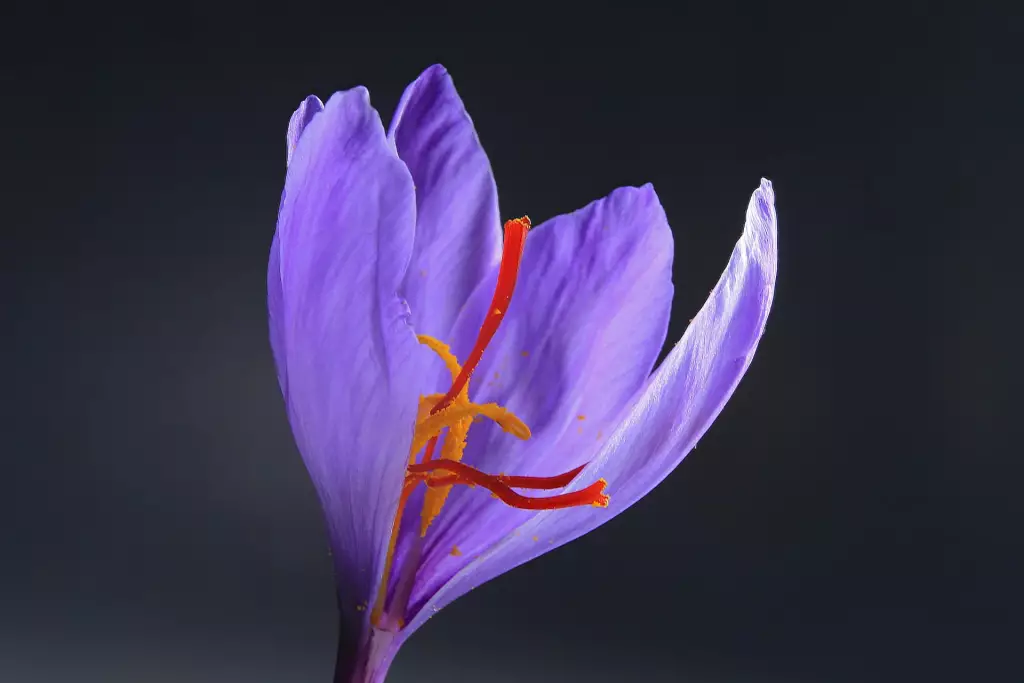
Plant them in late summer around warm and sunny areas. Space them 15 cm apart at a depth of 10 cm, and make sure they’re firmly placed in well-drained soil. Water them well.
When the crocuses bloom in autumn, you can begin harvesting the saffron strands. Use tweezers to gently remove the long, bright orange-red stigmas from the center of the flowers. Once you’ve collected your strands, lay them out on a paper towel for a few days to dry them thoroughly.
Afterwards, store them in an airtight container to keep the strands fresh.
6. Lavender is a profitable crop for your farm
Lavender is known for its fragrant leaves and bee-friendly flowers. It’s used in a variety of products, such as essential oils, soaps, perfumes, culinary dishes, and more. Furthermore, it is relatively easy to grow and maintain, making it an ideal crop choice for small farms.
How to plant lavender:
There are several lavender varieties to choose from. However, the most popular are the Spanish lavender, the English lavender, and the Lavandin hybrids. Lavenders grow well in an open area with full sunlight. The best season to plant young lavender is in spring, from March through May.
If you choose to plant lavender in a pot, choose a terracotta pot with drainage holes. Add a sprinkling of bone meal to the planting hole, place the plant in the hole, and fill in the remaining space until the lavender is firmly planted in the pot. Make sure to use well-drained soil and that the lavender is planted at the same depth as its pot.
Lavenders can be left alone in the garden year-round. Once it flowers, you can prune it and harvest the cuttings.
7. Basil is a profitable crop for your farm
For small farms, basil can be a profitable crop because of its high demand and because it's easy to grow. Basil cultivation can provide small farmers with a steady stream of income throughout the year because of its long harvesting season.
How to plant basil:
Basil seeds are delicate and need to be placed somewhere warm and sheltered away from the direct midday sun. To harvest basil continuously, sow basil seeds from spring to summer in a container.

While they’re still seeds, you can start them off in pots of moist peat-free multi-purpose compost in a warm but sheltered spot on your windowsill. As the seedlings grow bigger, place them in individual pots with peat-free, soil-based compost.
To acclimate them to outdoor weather, place them outside in early summer after the last frost. Put them in a protected, slightly shaded area during the day and bring them back indoors at night. Do this every day for two weeks.


